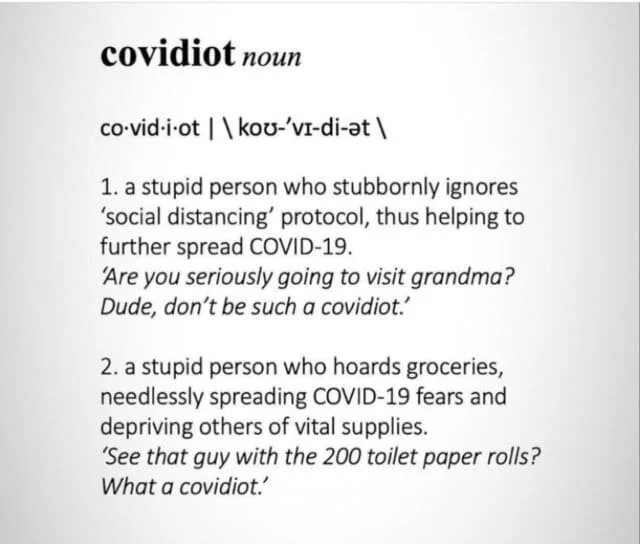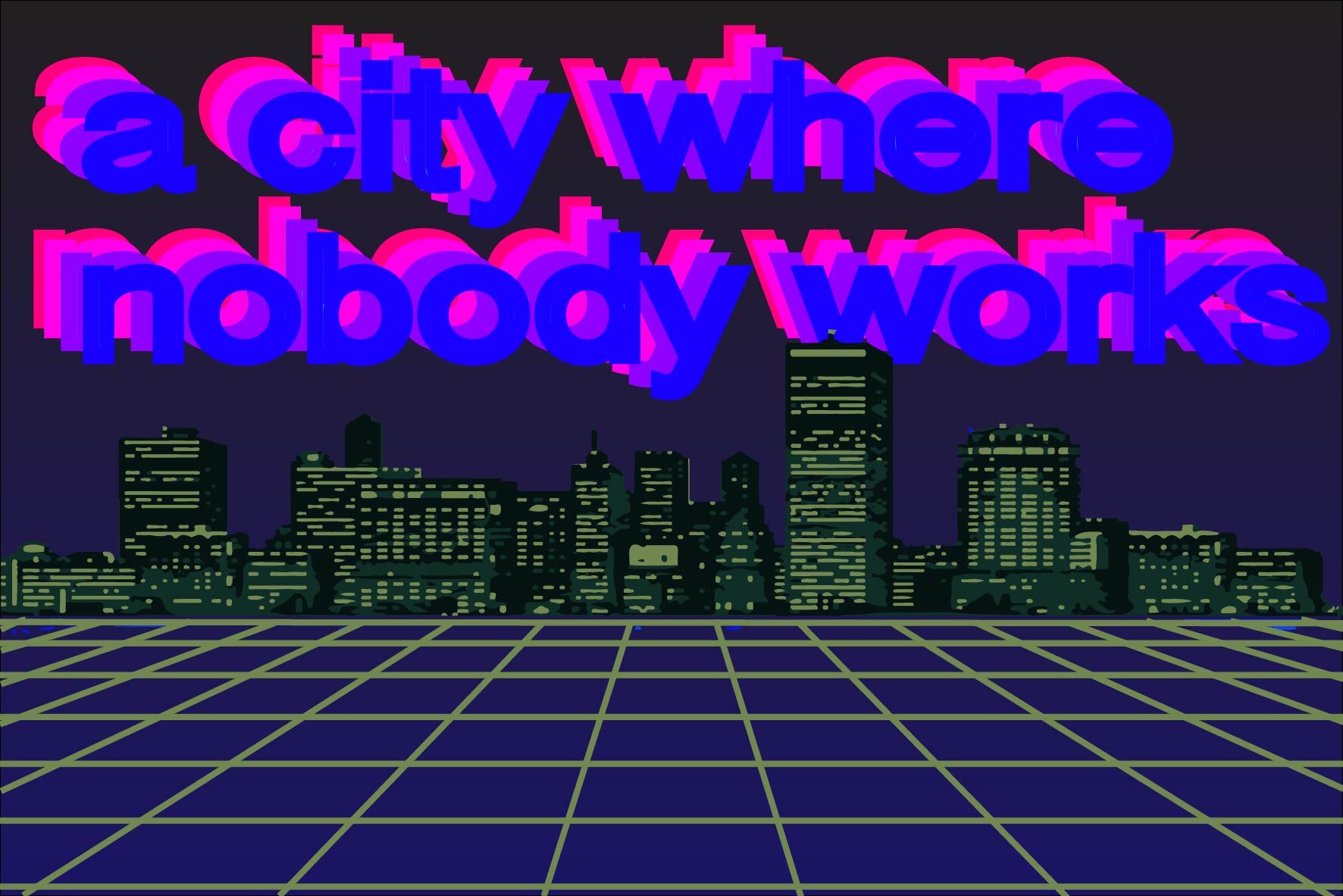Today, we may be tempted to look at certain professional and/or research practices as examples of conflicts of interest. We may, for example, cite Enron’s 2002 sponsorship of the Guggenheim’s retrospective show for Frank Gehry, as Thomas Frank has done in “Rocking for the Clampdown”; (1) or the 1998 Guggenheim motorcycle show—an example of the museum’s strategy of “soliciting corporations—like BMW, Giorgio Armani, or Hugo Boss—to sponsor ‘shows’ of their own products, turning museums into boutiques,” as Michael Sorkin puts it in “Brand Aid”; (2) or the work that Eero Saarinen did for General Motors, Bell Labs and IBM, as Reinhold Martin explores in The Organizational Complex; (3) or the design research and exhibition work that Charles and Ray Eames conducted during the height of the Cold War—including their propaganda film “Glimpses of the U.S.A.” for the 1959 American National Exhibition—and their work for such companies as IBM, Boeing, Westinghouse, etc. These glaring examples are of course worthy of criticism, just as clearly-corrupted politicians and corporations are in obvious need of condemnation and critique. But what these kinds of critique often miss—and can even implicitly justify—is the degree to which the majority of practice is situated within a biased field of possibilities—one that structures the coordinates of common sense and ethical standards along a narrow set of primary interests. This field of possibilities—which I will provisionally call “professionalism,” has a history. It’s important to remember that in its origins, professionalism itself was initially posed as a political means of preserving ruling class power against political contestation and corruption—a mission that itself was never neutral or objective. This political strategy was ineffective until it established itself on the ‘neutral’ terrain of scientific discourse, which depoliticized—in the public eye—its inherently political objectives and allowed it to become the administrative basis of the majority of sanctioned human effort. It was precisely on the terrain of ‘truth’ that a cast of reformers—interested in stability of the social order—waged a struggle for power and influence, particularly between the 1870s and 1940s. It was out of this reform discourse that the modern professions of urban planning, architecture and design arose, alongside the disciplines of economics, political science, psychology and sociology—disciplines that claimed to possess truths about humanity and civilization, while downplaying the asymmetrical and motivated political agency that such knowledge was intended to generate. Strategically, this occurred through the suspension of political questions of ‘why?’ in favor of specific and narrow technical matters of ‘how?,’ in both academic and professional discourses. The so-called ‘Progressive era’ witnessed the proliferation of ‘specific intellectual’ experts, (4) steeped in the new academic disciplines, operating within a larger, unquestioned ‘regime of truth’ that regulated “the types of discourse which it accepts and makes function as true; the mechanisms and instances which enable one to distinguish true and false statements, the means by which each is sanctioned; the techniques and procedures accorded value in the acquisition of truth; the status of those who are charged with saying what counts as true,” as Foucault puts the matter. (5) This division of expertise among ‘specific intellectual’ professional ‘problem solvers’ increasingly trained in technical skills was mobilized and vetted by professional organizations and associations, whose missions were to uphold the standards and ‘best practices’ of the professional order—situated in the wider regime of truth.
At the end of the nineteenth century, after a period of unplanned, relatively unrestrained and accelerating urbanization and population growth in the United States, a number of reform organizations began to problematize the city as a primary site of political and social intervention. Perhaps foremost among these organizations was the National Municipal League, which sought to organize new municipal governance structures in chaotic and politically-divided cities. Founded in 1894, the League set out to tame the urban conurbations in the United States, which had aggregated without centralized planning, and were plagued by fracturing social classes—all scrambling for power—which held cities in political gridlock, to the detriment of the elite, monied interests. (6) The members of the National Municipal League were inspired by the early political science writings of Frank P. Prichard and Woodrow Wilson. Prichard argued that that “Scientific knowledge, skilled labor, systematic organization are all necessary for the conduct of the various municipal departments,” (7) while Wilson—the only U.S. president with a PhD—argued in an 1887 (long before he became president) essay entitled “The Study of Administration” that leaders, who were beholden to public opinion in democratic societies, should seek effective management of that opinion, and not let it disrupt the administration of power. “The problem,” Wilson stated, “is to make public opinion efficient without suffering it to be meddlesome. . . . Let administrative study find the best means for giving public criticism this control and for shutting it out from all other interference.” (8) The means by which Wilson suggested that this be accomplished was through a separation of administrative from legislative functions of government, so that governmental tasks such as the planning of streets and utilities, enforcement of laws and regulations, and, increasingly, the design and erection of infrastructures, drafting of zoning and building codes (and their enforcement), etc. would persist in spite of regime changes and fluctuations in public opinion. Consistent with Wilson’s musings, the National Municipal League argued for such a separation of expert administration from politically-contentious legislative politics. “[I]f we hope to use experts in our cities,” they stressed in a 1916 model city charter—some version of which would eventually be adopted into law in most municipalities—“they must not hold elective offices, [so] that their positions must be independent of political change.” (9) Those entrusted to run municipal administration—the bourgeoning class of professional planners, enforcers and regulators—ought not be considered to be politicians. In order to accomplish this, municipal reformers needed to formulate a new foundation upon which to rest the authority of the expert administrator. Whereas before, popularity or political affiliation would temporarily secure the authority of the administrator, the reformers turned increasingly to technical expertise—rooted in ‘science’ as a basis of the administrator’s authority. Dr. A. L. Lowell, one of the authors of the New Municipal Program, explained that experts were simply better trained and more knowledgable about problems related to their specialty than the average citizen; that, therefore, “[t]he influence of the permanent officials is not due to any political authority. It is simply that which expert knowledge, when given a fair chance, will properly command and it makes for efficiency, honesty, and progress in civic welfare.” (10) Lowell continued, “Above all he must take no part in politics, for politics naturally involves a not infrequent change of personnel which is quite inconsistent with permanence of tenure.” (11) Scientific knowledge would serve as the justification for the properly political policies of municipal governance, shielding administration from controversy. Earlier attempts to reform municipal governments had been heavily mired in controversy, with the 1901 first model city charter overtly stating its intentions of fairness in mediating among contentious issues, yet in the process failing to do so. (12) This early proposal failed because it did not depoliticize the issues at hand, and therefore could not build broad-based support for reforms. Commenting on this failure in 1908, the director of the League, Clinton Rogers Woodruff, stated the need for more unified efforts within the League, whose “first object according to its declaration of principles has been to multiply the numbers, harmonize the methods and combine the forces of all who realize that it is only by united action and organization that good citizens can secure the adoption of good laws and the selection of men of trained ability and proved integrity for all municipal positions.” (13) Such “united action and organization,” resulting from a “harmonization of methods,” could only proceed if the debate about municipal affairs could effectively shift to one that was perceived as less controversial—both to reformers and to the public.
Peter Marcuse, the critical planner, has observed these same techniques of power in operation today among advocates of sustainable urban development (though it could certainly be argued that these techniques are operative in all of the myriad professional organizations and academic disciplines that condition professionals to a specific set of standards and instill certain ‘expert’ knowledges). These techniques operate through what he calls a “One-Dimensional Language of standard analysis,” which creates and embellishes a certain type of reality, just as the reform discourse of the League problematized certain issues and ignored others. (14) According to Marcuse, this depoliticizing language—language that has “unintended and often subliminal meaning” (15)—is being deployed more and more in urban planning. For Marcuse, these unintended meanings are “more harmful than if they were intended and overt.” (16) He is not concerned with an Orwellian critique of overtly political speech, with its heavy use of euphemisms and intentional vagueness—the language of political propaganda (the corollary, for our purpose, is the clearly corrupted professional practice, with its obvious endorsement of corporate or state interests). Instead, he says, “the problem raised here is when words and language is used in all sincerity, innocently, but with implications not intended by its user but effectively having important political implications supporting the legitimacy of the status quo.” (17) This “One-Dimensional Language” operates through a set of techniques that Marcuse lists, among them being the following:
“The tyranny of facts: giving exclusive consideration to the ‘facts,’ to hard data, priority for the quantifiable that can be empirically demonstrated claiming objectivity for the findings and presentations of research.” (18)
“Homogenization of entities: canceling out the internal variations and diversities that are contained with a single term, such as city or public.” (19)
“Harmonization, the denial of conflict, the unspoken assumption of unity of interests, of a single ultimate public interest, of an achievable harmony of interests and consensus among conflicting forces, groups, concerns, around concepts such as ‘sustainable,’ ‘healthy market,’ ‘mobility,’ ‘choice.’” (20)
This “[o]ne-dimensional language has a clear political impact,” Marcuse concludes. “It supports the status quo, implicitly suggesting that, if there are difficulties, they are subject to correction within existing structures and with existing means.” This one-dimensional language enters into our every-day vocabulary, he explains, and yet “[t]hey have become depoliticized not by a conspiracy of those whose interests they serve, but rather by their quiet acceptance in established discourse.” (21)
The status quo is precisely what the early political scientists, whose work influenced the League’s strategy, sought to preserve with their endorsements of depoliticized administrative governance. Woodrow Wilson, for example, admired the Napoleonic form of government in France, and especially Baron Haussmann’s manipulations of Paris, because these authoritarian structures maintained political order. Reflecting on the French regime with little-to-no concealment of his admiration for its accomplishments, Wilson argued that the leaders there, engaging in administrative forms of governance, not only “made themselves too efficient to be dispensed with,” but they also succeeded in becoming “too smoothly operative to be noticed, too enlightened to be inconsiderately questioned, too benevolent to be suspected, too powerful to be coped with.” (22) Wilson was not critical of this invisible, indispensable administrative power. He wanted to “Americanize” this administration—to “get the bureaucratic fever out of its veins; [so that it could] inhale much free American air.” (23) The “science” of municipal governance was precisely such an Americanization, doing so without dispensing with the power inherent to it.
By the end of Wilson’s presidency, the League had largely succeeded in installing administrative governance structures in American municipalities. After the release of A New Municipal Program in 1916, the experts of municipal reform were rapidly being ushered into municipal governments around the country, because they had firmly established themselves as the arbiters of a new, ‘scientific’ regime of truth. The result was an institutionalization of various professional roles into the government, and a ‘permanency of tenure’ for administrative control. Meanwhile, the spread of professional organizations and academic departments producing and expanding the influence of increasingly technical and supposedly objective knowledges was a hallmark of the same period. The result was a massive diffusion of technical expertise, erected in the pursuit of ‘how-oriented’ questions, with relatively little regard for ‘why-oriented’ questions. Essentially all of the major professional organizations and academic disciplines were established on the basis of the same ‘regime of truth’ that the National Municipal League helped to institutionalize with its suspension of socio-political matters, and its embrace of technical research and activity. In this sense, and following Foucault, I believe it would be a mistake to object to certain instances of professional practice on the basis that their alignment with obvious interests compromise their truth value. Instead, we should contest the very regimes of truth upon which the reigning conceptions of ‘common sense’ and ‘best practices’ rely. Such a project would necessarily demand a recasting of the so-called ‘Progressive era,’ which is typically remembered fondly as a period of objective fairness, expanded political liberty and civic efficiency, and rational social development—the historical plinth upon which our society sits. It’s important to imbue this memory with the recollection of the political technologies of control that were forged at that time, in the very institutions that are usually celebrated. “The ‘Enlightenment’, which discovered the liberties, also invented the disciplines,” wrote Foucault. (24) The Progressive Era, which was, in many ways, an extension of the Enlightenment, witnessed an adaptation of power that rendered control more effective and less costly, if also simultaneously less offensive and brutal. Top-down control, corresponding to ostentatious sovereignty—those “traditional, ritual, costly, violent forms of power […] soon fell into disuse and were superseded by a subtle, calculated technology of subjection.” (25) The wide range of professions that came into being during this period, and which are still with us today—and which structure and give meaning to the bulk of human activity—represent an historically new, and largely unquestioned apparatus of power, whose entire basis should perhaps be critically reexamined in the twenty-first century.
Notes
(1) Thomas Frank, “Rocking the Clampdown: Creativity, Corporations, and the Crazy Curvilinear Cacophony of the Experience Music,” Commodification and Spectacle in Architecture, eds. William S. Saunders (Minneapolis: University of Minnesota Press, 2005), pg. 60-77.
(2) Michael Sorkin, “Brand Aid; or, The Lexus and the Guggenheim (Further Tales of the Notorious B.I.G.ness),” Commodification and Spectacle in Architecture, eds. William S. Saunders (Minneapolis: University of Minnesota Press, 2005), pg. 22-33.
(3) Reinhold Martin, The Organizational Complex: Architecture, Media and Corporate Space (Cambridge, MA: MIT Press, 2003).
(4) Foucault describes the importance of the ‘specific intellectual’ in his interview with Alessandro Fontana and Pasquale Pasquino, published as “Truth and Power” in Power Knowledge: Selected Interviews and Other Writings, eds. Colin Gordon, trans. Colin Gordon, Leo Marshall, John Mepham, Kate Soper (New York: Pantheon Books, 1980), pg. 129 & 30.
(5) Ibid., pg. 131.
(6) See Martin J. Schiesl, The Politics of Efficiency: Municipal Administration and Reform in America: 1880-1920 (Berkeley: University of California Press, 1977).
(7) Frank P. Prichard, “The Study of the Science of Municipal Government,” Annals of the American Academy of Political and Social Science, Vol. 2 (Jan., 1892), pg. 19.
(8) Woodrow Wilson, “The Study of Administration,” Political Science Quarterly, Vol. 2, No. 2 (June, 1887), pg. 215.
(9) Model City Charter and Home Rule, as Prepared by the Committee on Municipal Program of the National Municipal League (March, 1916), pg. 34.
(10) Lowell, A. L., A New Municipal Program, eds. Clinton Rogers Woodruff (London: D. Appleton and Company, 1919), pg. 31, emphasis added.
(11) Ibid.
(12) National Municipal League, A Municipal Program: Report of a Committee of the National Municipal League, (London: The Macmillan Company,1900).
(13) Clinton Rogers Woodruff, “The National Municipal League,” Proceedings of the American Political Science Association, Vol. 5, Fifth Annual Meeting (1908), pg. 132, emphasis added.
(14) Peter Marcuse, “Depoliticizing urban discourse: How ‘we’ write,”Cities (2014), pg. 3.
(15) Ibid., pg. 1
(16) Ibid.
(17) Ibid.
(18) Ibid., pg. 3.
(19) Ibid.
(20) Ibid.
(21) Ibid., pg. 2.
(22) Wilson, “The Study of Administration,” pg. 203.
(23) Ibid., pg. 202.
(24) Michel Foucault, Discipline and Punish: The Birth of the Prison, trans. Alan Sheridan (New York: Vintage. 1977), pg. 222.
(25) Ibid., pg. 220-21.


















